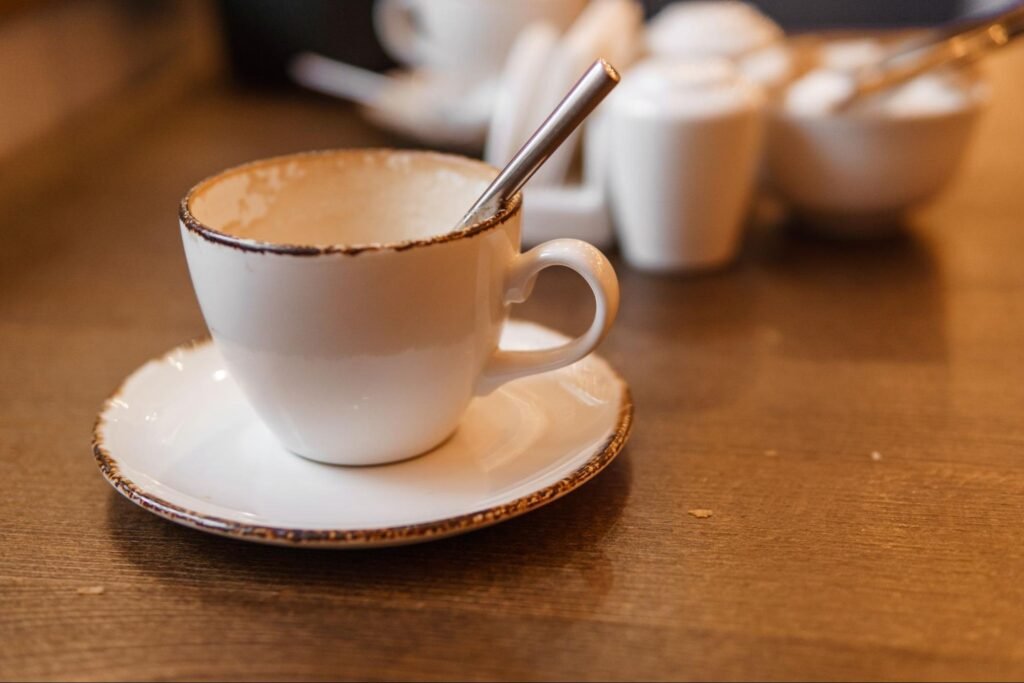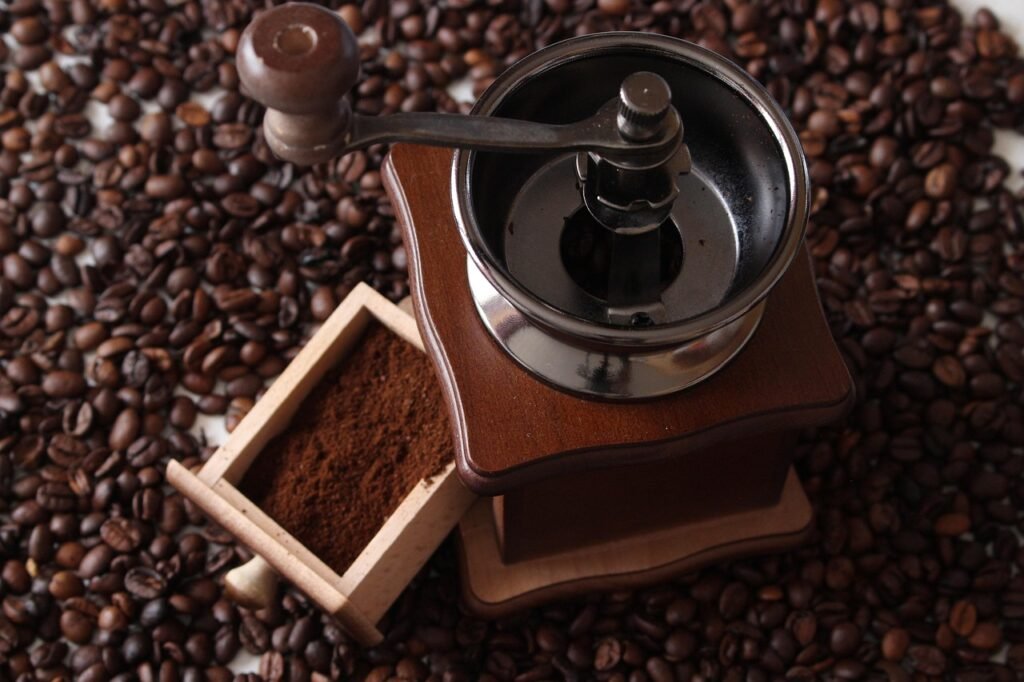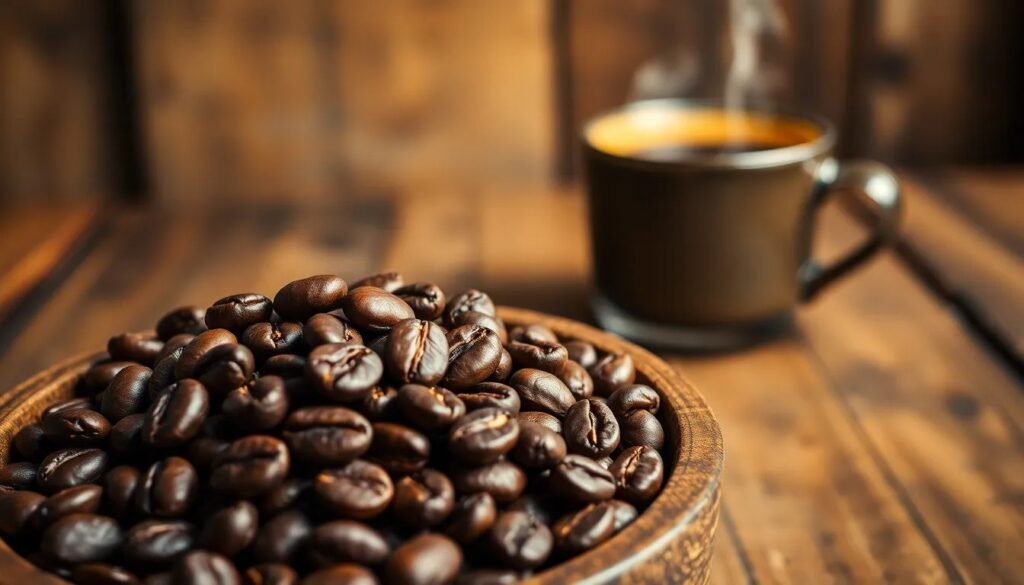
Artisanal Rituals for a Memorable Customer Experience
How can brands create a more balanced and memorable customer experience by blending artisanal product quality with thoughtful everyday rituals that keep people coming back?

Does it really matter whether you use espresso beans or coffee beans for your daily cup of joe? For many coffee enthusiasts, the distinction isn’t just trivial—it’s fundamental to achieving the perfect brew.
This article will delve into understanding these key differences, from roasting levels to caffeine content to grinding requirements, helping you make informed choices for your next brew. Espresso beans vs Coffee beans? Let’s uncover the essential contrasts between the two.
Coffee beans are the seeds of the coffee cherry, processed, washed, dried, and roasted. They vary in origin, cultivation, processing, and roast levels. This variety results in a wide range of flavors, from fruity and floral to nutty and chocolaty. Processing methods like wet, dry, or semi-dry also shape the final flavor.
In contrast, espresso beans are selected and roasted for a consistent espresso roast. They are typically dark roasted beans, exposed to higher temperatures for longer periods to bring oils in the beans to the surface and create a concentrated coffee taste. This makes them perfect for espresso brewing and producing an authentic espresso drink.
Some may argue there’s little to no difference between espresso beans and regular coffee beans, but the reality is that espresso beans are prepared specifically for pressure brewing.

Coffee roast levels range from light to dark roasts, each affecting flavor differently. Light roasts, or “blonde” roasts, preserve most of the origin flavors, offering a brighter and more acidic taste with fruity and floral notes.
Medium roasts balance the flavor, introducing caramel and chocolate undertones while maintaining some original characteristics.
Dark roasts, like “French” or “Italian,” offer bold, smoky flavors with reduced acidity, suitable for various brewing methods like drip coffee makers or French presses.
Espresso beans are roasted darker and at higher temperatures for prolonged periods. This process extracts oils from the beans, resulting in a bolder, richer flavor profile. The extended roasting is crucial for the robust taste that espresso drinkers expect.
These high temperatures also ensure the beans can withstand the intense pressure of espresso machines, leading to a full-bodied and consistent cup of espresso. This concentrated flavor makes espresso beans perfect for those wanting a strong coffee experience.
Espresso has higher caffeine content per ounce due to its concentrated brew method. Typically, an ounce of espresso contains about 63 milligrams of caffeine. This concentration is due to the brewing method rather than the beans themselves.
An 8-ounce cup of drip coffee contains about 95 milligrams of caffeine. Although this seems higher, it is diluted over more water, making the caffeine content per ounce lower than espresso.
Comparing typical serving sizes, a single shot of espresso (1 ounce) has less total caffeine than an 8-ounce cup of drip coffee. However, espresso delivers a more potent caffeine punch per ounce, making it a quick, intense energy booster.

For espresso, a fine grind is essential to extracting the right flavor and maintaining pressure during brewing. The fine grind lets hot water pass through densely packed coffee at the correct rate, extracting maximum flavor and oils. This extraction is crucial for the rich, concentrated taste that defines espresso.
Regular coffee beans can be ground to different coarseness levels, depending on the brewing method. For example, a medium grind suits drip coffee makers, while a coarse grind is ideal for French presses. Grind size impacts extraction time and flavor.
Different brewing methods need specific grind sizes for optimal results. Here’s a guide to the ideal grind size for various methods:
Each method extracts flavors differently, so selecting the right grind size is crucial for achieving the desired taste profile.
Espresso beans have high oil content, contributing to the crema formed during brewing. What is crema? It’s a foam layer on an espresso shot, created by emulsifying natural oils with other coffee compounds.
This crema adds a rich texture and fuller mouthfeel to the espresso. Because of their higher oil concentration and longer roasting, they yield a thicker, stronger, and richer flavor. These beans are chosen and roasted to stand up to espresso machines’ high pressure, resulting in a robust, full-bodied, intense, and satisfying taste.
In contrast, coffee beans offer a wider range of flavors and suit various brewing methods. They have a balanced bitterness, allowing diverse taste experiences. Depending on origin, cultivation, and roast level, coffee beans can be fruity, floral, nutty, or chocolaty. This versatility makes them ideal for different brewing techniques like drip coffee makers, French presses, and pour-overs.
Experts suggest using freshly ground beans for the best espresso. Freshly ground beans maintain aromatic compounds and essential oils, critical for a rich, full-bodied espresso. The best espresso beans are typically dark roasted, highlighting deep, intense flavors.
Espresso enthusiasts often prefer beans with robust and complex profiles from regions like Ethiopia, Colombia, or Brazil, known for their unique flavors.
Expert baristas offer practical tips for the best results with both espresso and coffee beans:
Understanding the distinctions between coffee beans and espresso beans is critical for any coffee aficionado. Espresso beans are uniquely roasted for a concentrated flavor, suitable for a more robust, intense brew. Coffee beans, however, offer a versatile palette, adjustable to various roasting levels and brewing methods.
Whether you’re drawn to the rich profile of espresso beans or the diverse flavors of coffee beans, knowing these differences enhances your home brewing experience.
Espresso beans are specifically roasted for espresso, but any coffee beans can be used. The key is in the grind size and brewing method.
Espresso beans are a subset of coffee beans. They are selected and roasted to produce a rich, concentrated flavor specifically suited for espresso.
Yes, you can make espresso with regular coffee beans. The important factors are the roast level and the fine grind needed for proper extraction.
The best espresso beans are freshly roasted and ground. Varieties like Arabica beans are preferred for their balanced flavor and low acidity. The choice depends on personal taste.

How can brands create a more balanced and memorable customer experience by blending artisanal product quality with thoughtful everyday rituals that keep people coming back?

Independent coffee shops have always been about more than caffeine—they’re hubs of creativity, connection, and care. As café culture continues to evolve, new trends are

Introduction Independent cafes win when they feel like the neighborhood’s living room and operate with the discipline of a great kitchen. Below is a quick

Discover how top specialty coffee brands create lasting loyalty through storytelling, sourcing, and community connection. Real tips from 6 industry experts.

Discover the ultimate showdown between two beloved coffee brewing methods: the French press and Chemex. Explore how each technique caters to distinct palates, with the French press delivering bold flavors and the Chemex presenting a bright, clean taste.

Unlock the secrets to brewing the perfect cup of coffee with our comprehensive guide on using a coffee scale. Discover how precise measurements enhance flavor and consistency while eliminating bitterness.

Discover how water temperature plays a vital role in brewing the perfect cup of coffee. This article delves into the ideal temperature range of 195°F to 205°F for optimal flavor extraction, enhancing the enjoyment of high-quality beans.

Discover the world of curated specialty coffee bundles, perfect for enthusiasts seeking quality and craftsmanship. This article explores the benefits of ethically sourced, small-batch beans from brands like Equipoise Coffee, offering diverse flavor profiles that elevate your brewing experience.

Discover the art of manual brewing to elevate your coffee experience! This article explores various techniques like pour-over, French press, and AeroPress, revealing how they enhance flavor and your connection to every cup.